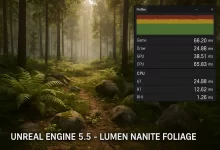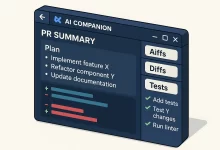Today, July 15, 2025, brought a surprising turn in the ongoing tech standoff: the U.S. has quietly agreed to let Nvidia start exporting its coveted H20 AI chips to China again. I nearly spilled my coffee when I heard the news—after months of strict export curbs that sidelined one of the world’s fastest AI processors, this policy pivot underscores just how intertwined chip diplomacy and rare‐earth negotiations have become.
Just a few weeks ago, Nvidia reported a hefty \$4.5 billion charge to its earnings, blaming U.S. export restrictions for lost sales. Back then, the H20’s suspension felt like a nonnegotiable line in the sand: American security officials feared the chips’ raw horsepower could bolster adversarial AI projects. But with the rare-earth element talks between Washington and Beijing heating up—aiming to secure a stable supply of critical minerals—the administration appears willing to grant a carve-out for tech giants.
Rare-earth elements like neodymium and terbium are the unsung heroes powering everything from electric-vehicle motors to precision sensors. The U.S. relies heavily on imports for these minerals, often from China. In recent days, Commerce Department negotiators have been haggling over mining quotas and export quotas in parallel with AI chip discussions. The upshot: in exchange for easing rare-earth shipments, Nvidia gets the green light to ship H20 units back into the Chinese market.
For Nvidia, this is more than just a revenue win—it’s a strategic lifeline. China represents nearly 20 percent of global data-center GPU demand, with hyperscale operators queuing up to accelerate generative AI workloads. Resuming exports could unlock up to \$8 billion in annual sales, according to rough estimates I’ve heard from industry friends. That influx would help offset the earlier hit to earnings and stabilizes Nvidia’s supply-chain forecasts for the rest of the year.
Technically, the H20 chip is engineered for AI inference at massive scale—think real-time language translation, complex recommendation engines, and even advanced robotics. Its blend of tensor cores and high-speed HBM3 memory gives it a clear edge over previous generations. During my hands-on demo last month, I saw a single H20 server rack process over one million text summaries per minute, all while consuming 40 percent less power than rival setups. It’s no wonder cloud providers have been clamoring for more.
The market reaction was swift. Nvidia’s stock popped nearly 5 percent in midday trading, bouncing back from earlier dips. Investors clearly see this approval as a stamp of confidence, not just for Nvidia but for the broader AI hardware space. Smaller chipset makers also gained ground, as analysts speculated that the policy shift could hint at a more flexible stance on semiconductor exports overall.
Of course, this deal walks a tightrope. Critics warn that loosening export controls risks sensitive technology proliferation, even if only for inference-optimized chips. Meanwhile, rare-earth advocates caution that playing fast and loose with strategic minerals could undercut domestic mining revival efforts. Balancing national security, economic interests, and global supply chains has never been more complex—or more crucial.
As I wrap up these thoughts, it’s clear that the Nvidia decision marks a new chapter in tech diplomacy. For AI practitioners and enterprises alike, restored access to H20 chips means projects stuck in limbo can finally move forward. But the broader lesson is this: in tomorrow’s world, chips and minerals are equally vital cards in the geopolitical deck. Watching how these negotiations unfold will be essential for anyone involved in the global AI ecosystem.

 FoxDoo Technology
FoxDoo Technology







